Because all movement originates from the core, it’s important to develop a strong midsection before pushing yourself with other compound exercises and athletic movements. First of all it’s important to recognize that your “core” is more than just your abs. It includes all of the muscles in your torso that support the spine and midsection, including:
- Rectus Abdominis. – The abdominal muscle group referred to as your “six-pack”.
- Internal and External Obliques. – These run in opposite directions to each other and are on the abdomen and sides.
- Transverse Abdominis (TVA). – This is the deepest layer of abdominal muscles that wrap around the waist, located underneath the obliques.
- Multifidus & Erector Spinae. – The lower back muscles that support and rotate the spine.
- Gluteus Medius, Minimus, & Maximus. – These are the butt muscles or “glutes”.
The names of these muscles aren’t really important, but it’s good to have an idea of what muscles we’ll be working on, and where they are on your body. The main function of your core muscles is to control movement of your entire torso, as well as providing stability and resisting movement. The exercises shown in the videos below will target each of these main muscle groups.
Initially core strength should be progressively developed by learning how to engage the core musculature with static contractions. This is accomplished by using Core Activation exercises such as Plank and Bridge variations, as seen in the video below:
Once a decent base of core strength has been developed, and you have learned how to “brace” from your midsection (resisting movement in various planes), then a variety of core exercises can be added to your strength training program, focusing on torso flexion, extension, and rotation. Here are a few of the core exercises we typically include in our programs:
As demonstrated in the video above, one of my favorite core training accessories is the Power Wheel. You can perform a number of challenging exercises using the ‘Wheel’, and a university study actually rated it as one of best core trainers in the world. Maybe that’s why my abs are so sore the day after I do my pikes and rollouts! Check it out at Strongest Core.com
After building sufficient core strength using some of the exercises demonstrated above, and once you can perform them easily without any lower back discomfort, then core strength and stability can be effectively maintained simply by incorporating compound exercises into your program, such as the squat, deadlift, single arm standing press, and through the use of odd implement training (as shown in the video below). It is still practical to include some direct core isolation work to specifically target the midsection.
Btw, I have a SURPRISE BONUS for my readers in today’s post: a FREE ebook called 6 Pack Abs Unleashed! This is a 3 Day Advanced Program for core training by Jamin Thompson, a pro fitness model, author, and sports performance expert in Los Angeles. Jamin demonstrates some excellent core exercises to add to your routine and provides you with a solid program to incorporate into your regular training plan.
=> Click Here to Download “6 Pack Abs Unleashed” for Free (No email required)
You’re welcome. (o:
Conclusion:
The great thing about building powerful core muscles is that this will also improve your progress in every other area of your training, because your core supports movement in every other part of your body. Also, as part of complete training and nutrition plan, these exercises will help you achieve a stronger, leaner, solid-looking waistline. Try incorporating some of these exercises into your own workouts and let me know what you think!
Stay strong,
Josh
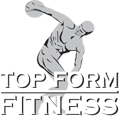
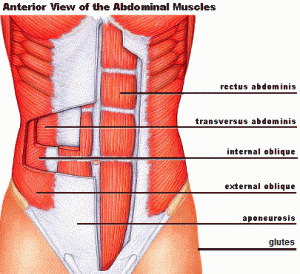
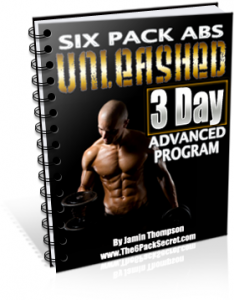
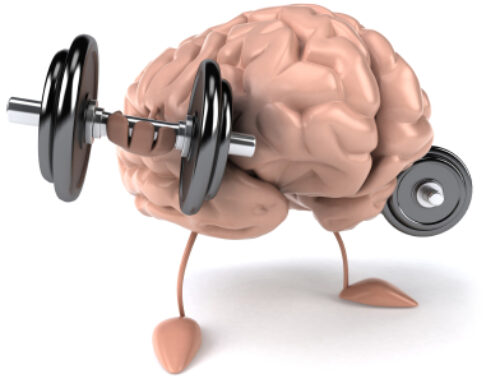
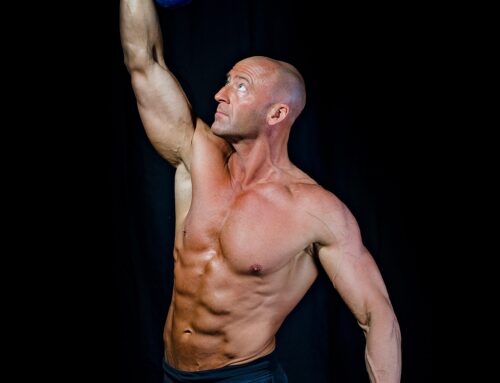
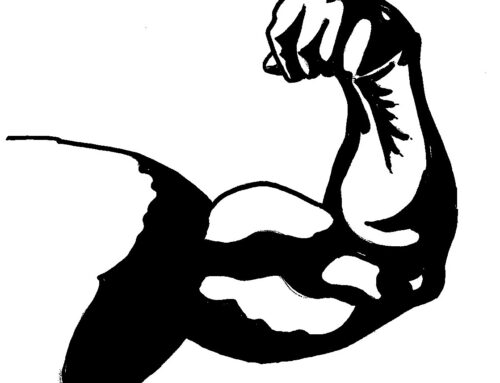
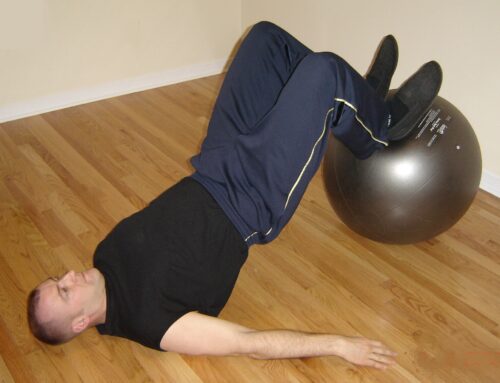
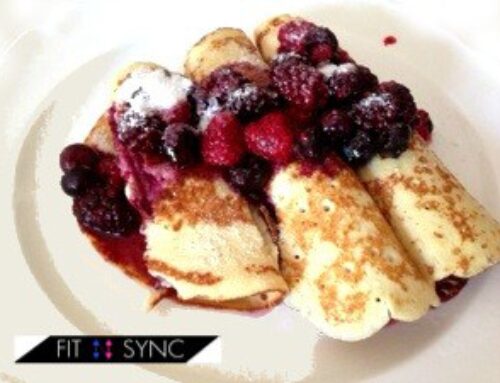
I agree that building a strong core is important for over all strength there are a series of exercises I do everyday that helps with that